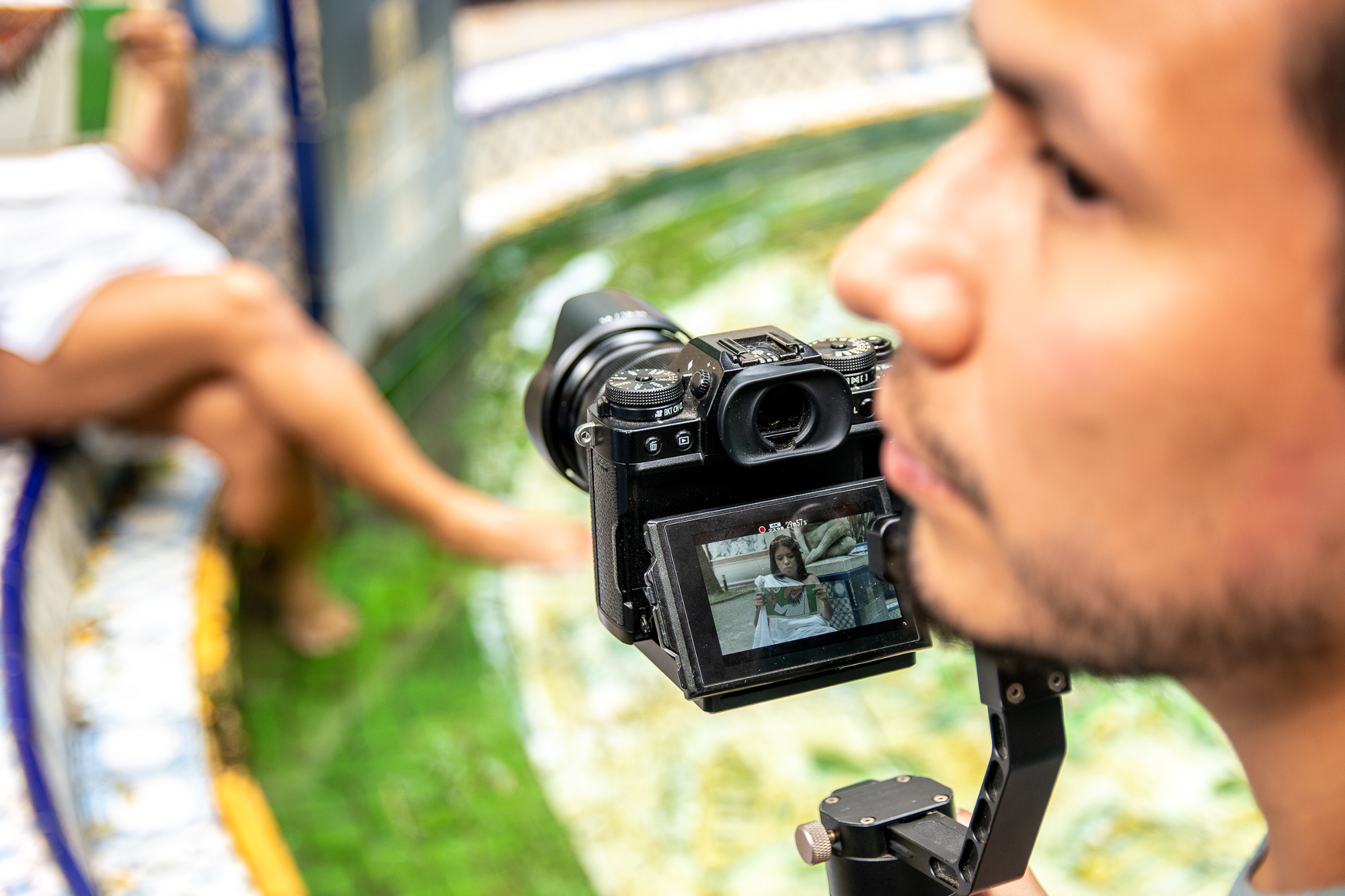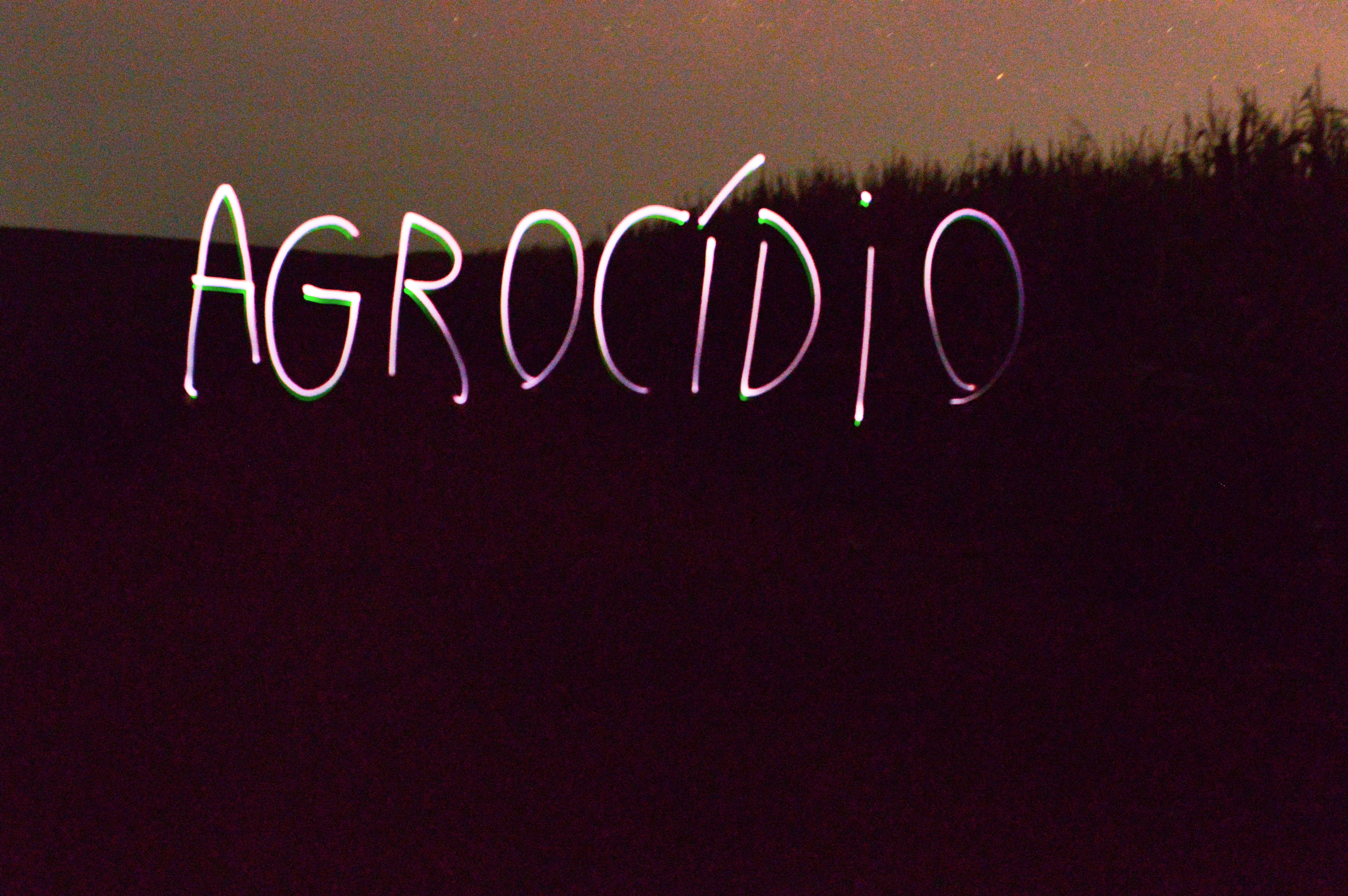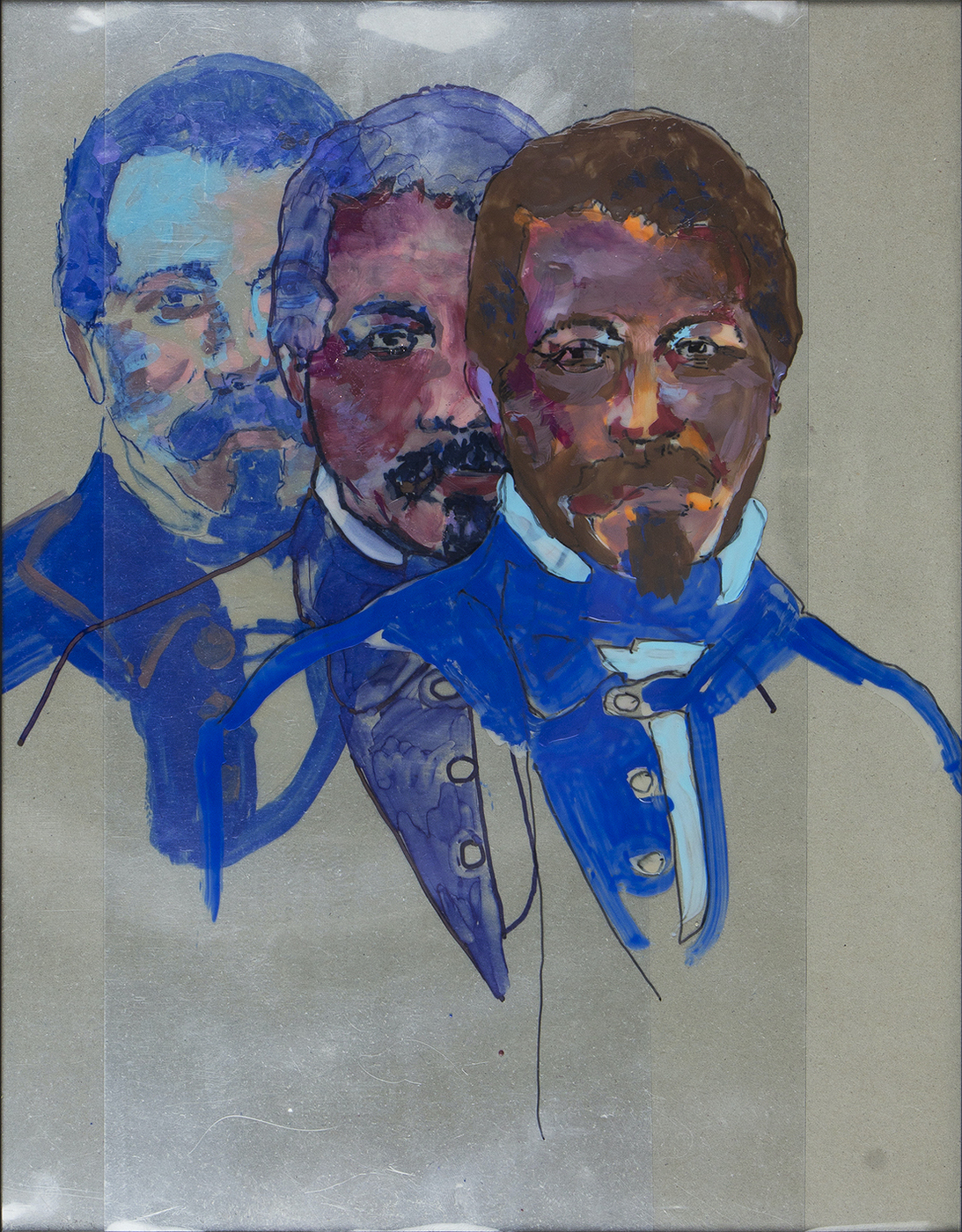Cultures of Anti-racism in Latin America
This exhibition presents works by artists with whom we built up collaborative relationships during the project “Cultures of Anti-Racism in Latin America”.
The project aimed to explore how artists in Argentina, Brazil and Colombia address racial diversity and how they use their art to challenge racism and deeply entrenched racial inequality. The project took place at a time when, despite recent policy shifts towards multiculturalism, racism was intensifying and becoming increasingly violent. Over about twelve months, overshadowed by the Covid pandemic, CARLA researchers developed collaborations with artists using diverse creative media, including painting, photography, dance, theatre, musical performance, poetry and performance.
The artists we worked with in Brazil all self-identified as Indigenous.
In Colombia, the artists mainly self-identified as Afro-Colombian or Black, but we also worked with artists who did not identify in these ways. In Argentina, we worked with Black and Mapuche Indigenous artists, but also with a collective whose members self-identified as marrón (brown, chestnut) and as descendants of Indigenous and peasant farmer ancestors. In Latin America, characterised by centuries of racial mixture, many people do not identify as part of a Black or Indigenous minority group or as white; these people may identify as mestizos (mixed-race people) or morenos (brown people), or they may not readily identify in racial or colour terms at all. However they can still suffer the effects of racism and react in various ways - mobilising against it or perpetuating it themselves. Challenges to racism emanate powerfully from Black and Indigenous people, who feel its effects in a very direct way, but the project recognises that racism traverses society as a whole and implicates everyone in its unequal distribution of privilege and disadvantage, of whiteness and darkness.
The arts play a crucial role in anti-racist movements, because they have the ability to mobilise emotions, allowing them to engage with racism’s emotional logic.
While policies addressing socio-economic conditions are vital to correcting racial inequalities, they may fail to address the visceral emotions that racial difference produces in a racially unequal society. Today, as the open denial of racism, the persistence of racial inequalities and the resurgence of far-right movements all co-exist, analyzing the antiracist potential of artistic interventions into the affective dimensions of racism becomes particularly relevant. Art can penetrate into the often unconscious sensibilities at work behind behaviours and relations that have racist effects, which are denied or not recognised by many people.
The expressions of antiracism in the works exhibited are varied.
While all the artists adopt a political standpoint and blur a simple distinction between art and activism, some address racism by name, others refer to Black or Indigenous identities, bodies and cultural forms, asserting their vibrant presence and value in a world that traditionally ignores or demeans them. Still others refer to “popular culture” or use other terms indicating a subordinate position in the class system: in societies where class and racial inequality strongly overlap, such terms always have racial connotations. There are thus many ways to make an antiracist intervention.
Our focus on Latin America derives from the region’s long-standing dominant tendencies to minimise racism and racial inequality on the grounds that racial difference has been submerged by centuries of mixture and/or European immigration, meaning that class appears to be the main axis of inequality.
As other parts of the world seem to be approaching a Latin American profile in these respects, it becomes ever more important to learn from Latin American artists that racism and racial inequality easily fit with that profile, adopting mercurial and hard-to-pinpoint forms.
(Credits: The exhibition was curated by Peter Wade, Ignacio Aguiló, Lúcia Sá, Ana Vivaldi, Carlos Correa Angulo and Jamille Pinheiro Dias. Lead curators for each country were: Ana Vivaldi for Argentina, Jamille Dias for Brazil and Carlos Correa for Colombia. The website was designed and built by John McCrory, Digital Exhibitions Curator, The John Rylands Research Institute and Library, University of Manchester. Thanks go to the artists who contributed the exhibits shown in the exhibition.)



